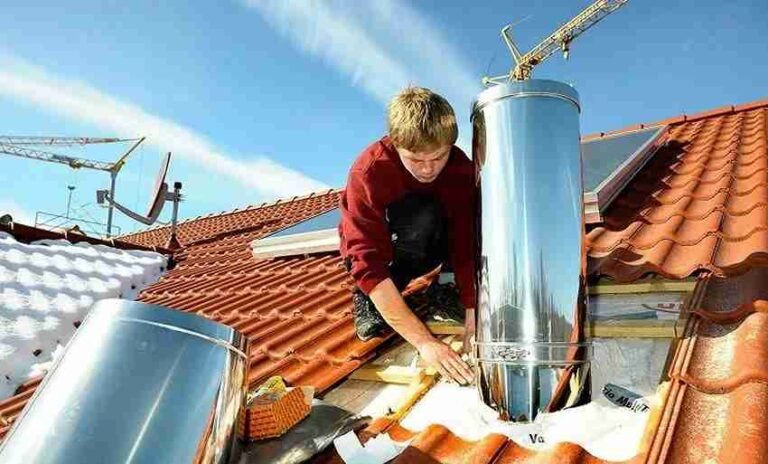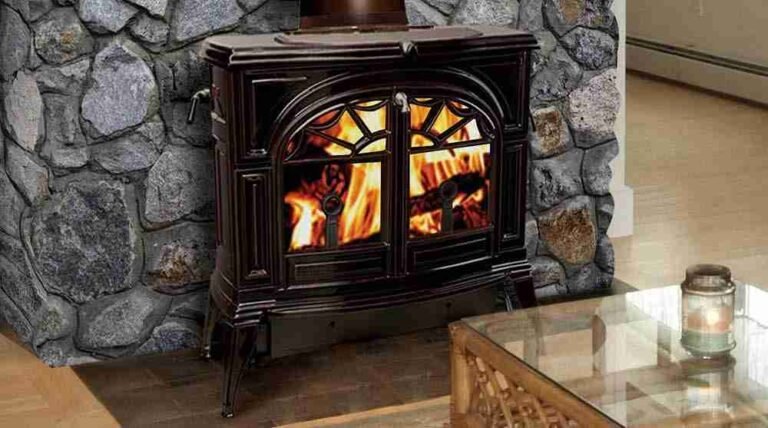Living in Poulsbo means you get to enjoy lovely views of the water, but you also have to deal with all sorts of weather—rain, chilly winds, dampness, and sometimes even snow. If you’ve got a fireplace, this means your chimney needs to be ready for anything the Pacific Northwest throws at it. One of the most important parts of that chimney? The liner. Picking the right chimney liner isn’t just about following codes; it’s about making your home safer and your fires cozier. Here’s what I’ve learned from living here and helping friends and neighbors keep their homes warm and safe.
Key Features: What Matters Most in Poulsbo
The weather here in Poulsbo is famously wet and unpredictable. Because of this, the liner you choose needs to handle a lot of moisture and temperature swings. Some liners crack under pressure (literally), while others stand up year after year. When you’re deciding, keep these things in mind:
- Moisture Resistance: Rain can sneak into your chimney, so you want a liner that won’t rust or fall apart when it gets damp.
- Durability: With our cold, sometimes snowy winters and wet springs, you want a liner that won’t crack when the temperature drops.
- Flexibility: Some chimneys twist and turn, especially in older homes. A flexible liner can fit all those nooks and crannies.
- Low Maintenance: You don’t want a liner that demands constant attention.
| Type of Liner | Weather Resistance | Durability | Maintenance | Cost |
|---|---|---|---|---|
| Clay Tile | Fair | Moderate | High | $$ |
| Metal (Stainless Steel) | Excellent | High | Low | $$$ |
| Ceramic/Concrete | Good | High | Moderate | $$$$ |
| Aluminum | Poor (in wet climates) | Low | Low | $ |
Safety: Protecting Your Home in the Rainy Northwest
When you think about fireplace safety, the chimney liner is the unsung hero. In a soggy climate like Poulsbo, the wrong liner can cause issues—from creosote buildup (which means more risk of chimney fires) to water leaks that slowly damage your home’s structure. Stainless steel liners are often the go-to because they resist rust and don’t crack with freezing and thawing cycles. You’ll sleep better knowing your liner won’t let smoke, gases, or stray sparks sneak into the house.
“A sturdy chimney liner isn’t just about keeping the fire roaring; it’s about keeping your family safe all year, no matter what the weather is up to.”
If you have a wood stove or burn a lot of wood, a good liner will also help improve the draft—getting smoke out quickly and efficiently. That means less smoke inside and cleaner air for everyone.
Cost: What Should You Expect to Spend?
Your budget always plays a part, but remember, the cheapest option up front isn’t always the best value long-term. Here’s a quick breakdown of what you might spend:
- Clay Tile: A popular choice in older homes, but repairs add up quickly and they don’t always stand up well to lots of rain.
- Stainless Steel: Costs a little more, but lasts much longer and needs less fuss. Especially good for the wet, changing weather in Poulsbo.
- Ceramic or Concrete Liners: These are built to last, but you’ll pay more up front. Rarely need repairs, though.
- Aluminum: Cheap, but not recommended for our climate. Tends to corrode fast when it gets wet.
If you’re planning to stay in your home, investing in a good liner saves you money on repairs and maintenance, and it adds value if you ever decide to sell.
Emergency Service: When You Need Help Right Away
No one expects chimney problems, but when something goes wrong—like a chimney fire or a sudden leak—you’ll want a liner that can be accessed and repaired quickly. Stainless steel liners are great for this because they’re easy to inspect and replace if needed. In an emergency, every minute counts. Having a liner that’s compatible with local chimney sweeps and repair services can save you a lot of headaches.
Also, keep an eye out for companies in Poulsbo that offer 24/7 emergency chimney care. They’ll know what liners work best and can get you patched up fast if the unexpected happens.
FAQs: Your Poulsbo Chimney Liner Questions Answered
Conclusion: Make the Right Choice for Cozy, Safe Fires
Picking the right chimney liner for Poulsbo’s unpredictable weather is all about balancing durability, safety, and cost. Stainless steel liners tend to hit the sweet spot, handling moisture and cold without fuss. No matter what you choose, regular checks and a little TLC will keep your fireplace a safe, warm gathering spot for years to come. Stay warm, stay safe, and enjoy those rainy nights by the fire!
Read More: Chimney Sweep Poulsbo



